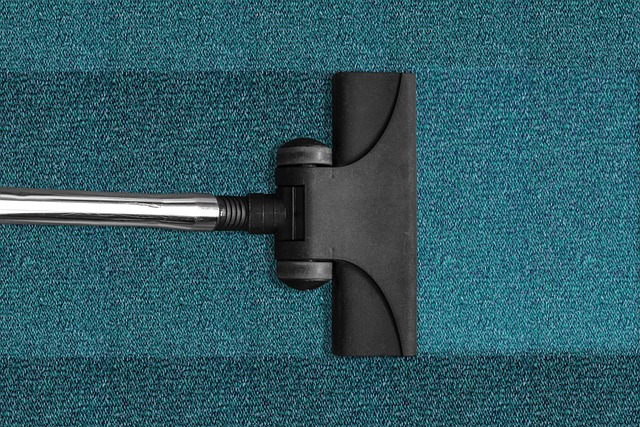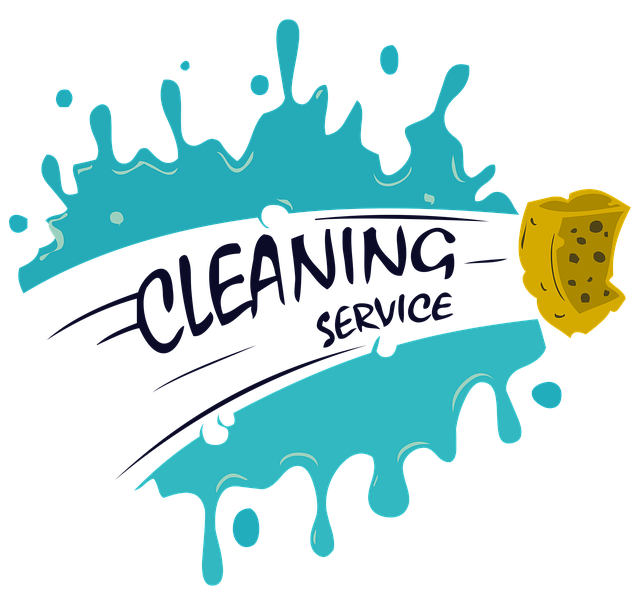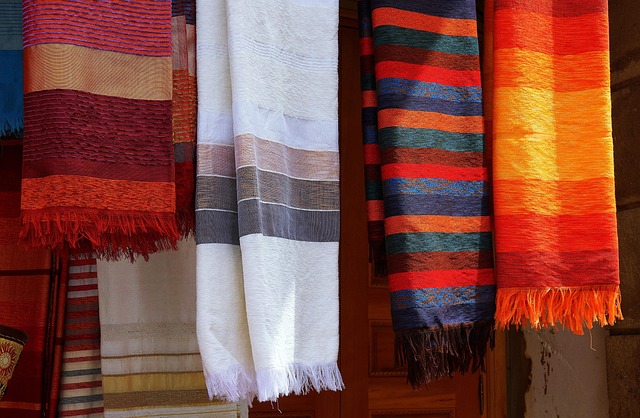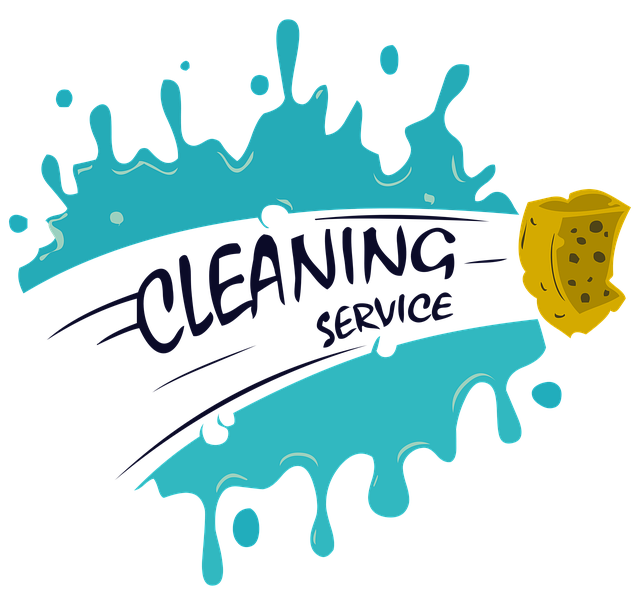Understanding rug fabric types is crucial for effective pet stain cleaning, as different materials require specific care. Prepare by vacuuming thoroughly and testing cleaning solutions on hidden areas. For spot cleaning, blot liquid stains with a clean cloth, apply mild detergent, and dry. Use enzymatic cleaners sparingly for stubborn stains, always testing first. Deep clean with blotting, cold water rinse, and specialized rug cleaning solutions. Regular maintenance through weekly vacuuming and prompt spot-cleaning prevents staining.
Keeping your rugs stain-free despite pet mishaps is achievable with the right knowledge and tools. This guide navigates the intricate world of pet stain cleaning, focusing on rug cleaning techniques tailored to various fabric types. From understanding stain science to selecting effective cleaning solutions, you’ll discover spot-cleaning methods for common pet messes. Learn how deep cleaning routines can restore your rugs’ original splendor after accidents, accompanied by expert tips for regular maintenance and prevention strategies.
Understanding Rug Fabric Types and Stains

Understanding different rug fabric types is crucial for effective pet stain cleaning. Rugs can be made from a variety of materials, each with its unique properties and requirements when it comes to stain removal. For example, natural fibers like wool or silk require delicate handling to avoid damage during the cleaning process. On the other hand, synthetic fabrics such as polyester or nylon may be more resistant to stains but can still be susceptible to color fading if not treated properly.
When dealing with pet stains, it’s essential to identify the type of fabric and the nature of the stain. Common pet messes include urine, feces, and paw prints, each leaving distinct residues. Knowing the rug’s fabric type helps in selecting the most suitable cleaning methods and products, ensuring effective stain removal without causing further damage or discoloration. Proper understanding of rug cleaning techniques for different fabrics is key to maintaining these valuable pieces in top condition.
Preparation: Before You Begin Cleaning

Before diving into the cleaning process, proper preparation is key for effective rug stain removal. Begin by gathering all necessary tools and materials: a vacuum cleaner, rug-specific cleaning solutions, white cloth or paper towels, and warm water. Vacuum the rug to eliminate any loose dirt or debris, ensuring you pay close attention to the stained areas. This initial step prevents further spreading of stains and prepares the fabric for cleaning.
Additionally, identify the type of stain and choose an appropriate cleaning method. Different stains require unique treatments; for instance, pet urine stains need a specific approach compared to wine or food spills. Testing any cleaning solution on a small, inconspicuous area is also crucial to ensure it won’t cause discoloration or damage to the rug’s fibers.
Spot Cleaning Techniques for Common Pet Stains

When it comes to pet stain cleaning for rugs, spot cleaning is often the most effective and least disruptive method. For common pet stains like urine or feces, acting quickly is key. Blot the area gently with a clean cloth or paper towel to absorb as much of the liquid as possible. Avoid rubbing, as this can push the stain deeper into the fibers.
For solid pet waste, use a scooper or glove to remove the visible material before spot cleaning. Mix a mild detergent with warm water and apply it directly to the stain using a clean sponge or cloth. Gently work the solution into the rug, then blot dry with another clean cloth. For tough stains, consider using enzymatic cleaners designed specifically for pet messes, as they break down organic compounds effectively. Always test any cleaning solution in an inconspicuous area first to ensure it won’t damage or discolor your rug.
Choosing the Right Cleaning Solutions

When it comes to pet stain cleaning for rugs, selecting the appropriate cleaning solutions is a key first step. Different rug materials require specific care, so choosing products designed for your particular rug type is essential. For instance, gentle, pH-neutral cleaners are ideal for delicate fibers, while more robust formulas can handle heavy soiling.
Additionally, consider natural-based cleaners to minimize potential health risks and environmental impact. Enzymatic solutions, for example, break down pet stains and odors at a molecular level, making them a popular choice among eco-conscious consumers. Always test any cleaning solution in an inconspicuous area first to ensure it doesn’t discolor or damage the rug fibers before applying it widely.
Deep Cleaning Rugs After Pet Accidents

When dealing with pet accidents on rugs, deep cleaning is often necessary to remove stains and odors effectively. The first step is to blot the affected area promptly using clean, absorbant materials like paper towels or a microfiber cloth. Avoid rubbing, as this can spread the stain further. Once blotted, rinse the rug with cold water to flush out any residual pet mess.
For stubborn stains, consider using a specialized rug cleaning solution designed for pet accidents. These solutions often contain enzymes that break down organic matter and neutralize odors. Apply the cleaner according to the manufacturer’s instructions, ensuring even coverage. Let it sit for a few minutes before scrubbing gently with a soft brush or sponge. Rinse again thoroughly with cold water and repeat if needed until the stain is gone. Properly deep cleaning rugs after pet accidents not only restores their appearance but also ensures fresh, clean odors throughout your home.
Tips for Regular Maintenance and Prevention

Regular maintenance is key to keeping your rugs looking their best and preventing stubborn stains from setting in. Vacuuming your rug at least once a week helps remove loose dirt, pet hair, and other debris that can accumulate over time. This simple step goes a long way in maintaining the overall cleanliness and appearance of your rug.
In addition to regular vacuuming, spot-cleaning as soon as an accident occurs is crucial. Blotting at the stain with a clean cloth or paper towel will absorb any excess moisture or pet mess, preventing it from settling deeper into the fibers. Using natural cleaning solutions, such as baking soda and white vinegar, can be effective in removing pet stains without harsh chemicals. Preventing future stains involves training pets to relieve themselves in designated areas outside or using pet-friendly rug mats that can be easily cleaned or replaced if soiled.
